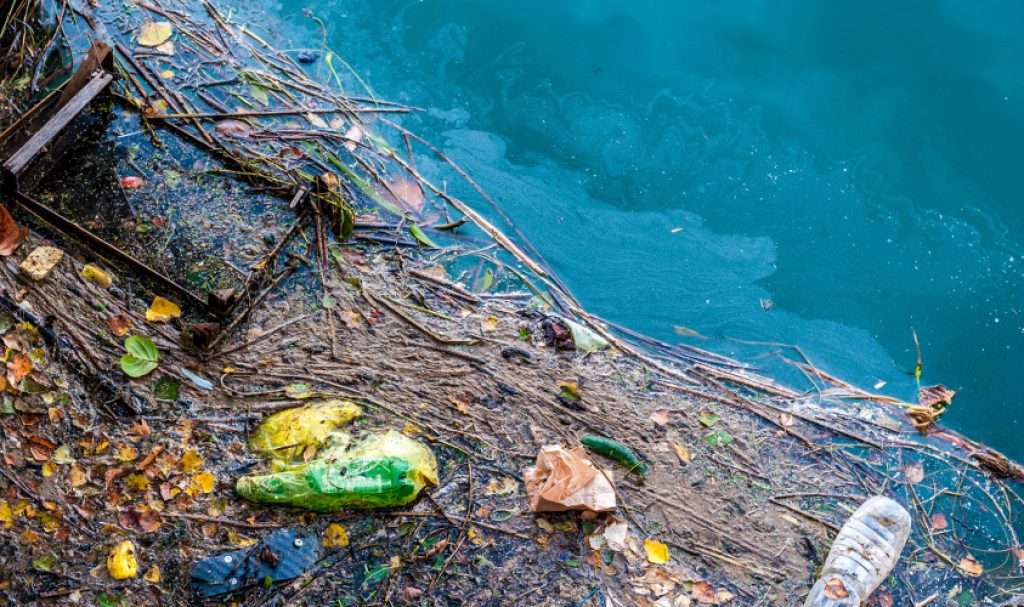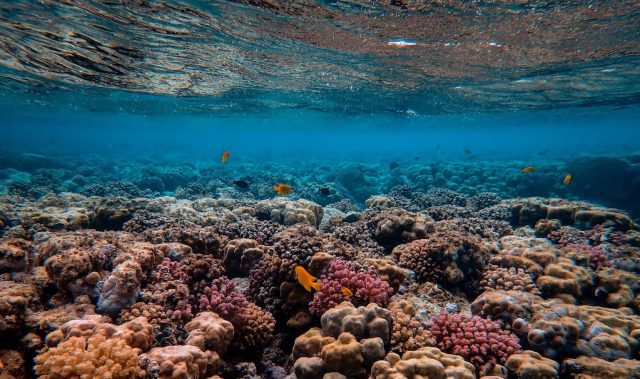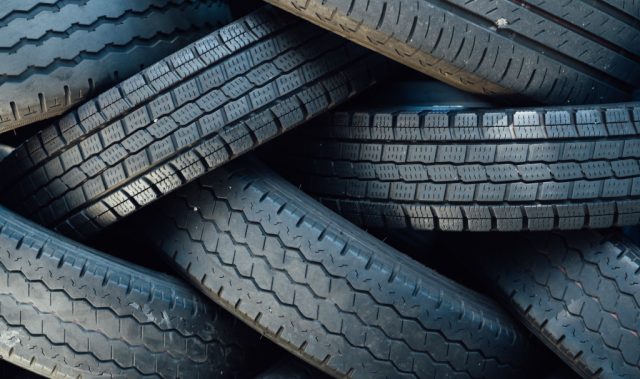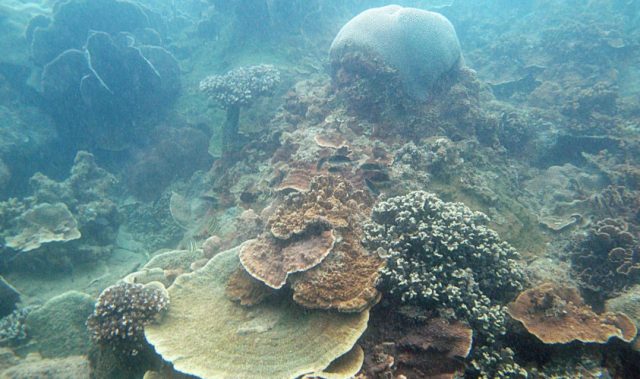
AsianScientist (Jun. 13, 2018) – Scientists in Singapore have discovered that nanoplastics consumed during the acorn barnacle’s larval stage accumulate and are retained until the barnacles reach adulthood. The research is published in ACS Sustainable Chemistry & Engineering.
Ocean plastic pollution is a huge and growing global problem. It is estimated that the oceans may already contain over 150 million tons of plastic. Each year, about eight million more tons of plastic will end up in the ocean.
In the marine environment, plastics are usually broken down into smaller pieces by the sun, waves, wind and microbial action. These micro- and nanoplastic particles in the water may be ingested by filter-feeding marine organisms such as barnacles, tube worms and sea-squirts.
Plastic nanoparticles—tiny pieces of plastic less than one micrometre in size—could potentially contaminate food chains and ultimately affect human health, according to a recent study by scientists from the National University of Singapore (NUS). Using the acorn barnacle Amphibalanus amphitrite as a model organism, the research team discovered that nanoplastics are easily ingested by marine organisms. These nanoplastics accumulate in organisms over time, with a risk of being transferred up the food chain, threatening food safety and posing health risks.
“We opted to study acorn barnacles as their short life cycle and transparent bodies made it easy to track and visualize the movement of nanoplastics in their bodies within a short span of time,” said Mr. Samarth Bhargava, a PhD student at NUS, who is the first author of the research paper.
The research team incubated the barnacle larvae in solutions of their regular feed coupled with plastics that are about 200 nanometers in size and tagged with green fluorescence. The larvae were exposed to two different treatments: acute and chronic.
Under the acute treatment, the barnacle larvae were kept for three hours in a solution that contained 25 times more nanoplastics than current estimates of what is present in the oceans. On the other hand, under the chronic treatment, the barnacle larvae were exposed to a solution containing low concentrations of nanoplastics for up to four days.
The larvae were subsequently filtered from the solution and examined under the microscope. The distribution and movement of the nanoplastics were monitored by examining the fluorescence from the particles present within the larvae over time.
“Our results showed that after exposing the barnacle larvae to nanoplastics in both treatments, the larvae had not only ingested the plastic particles, but the tiny particles were found to be distributed throughout the bodies of the larvae,” said Ms. Serina Lee from the Tropical Marine Science Institute at NUS, who is the second author of the paper.
Even though the barnacles’ natural waste removal pathways of molting and excretion resulted in some removal of the nanoplastics, the team detected the continued presence of nanoplastics inside the barnacles throughout their growth until they reached adulthood.
“Barnacles may be at the lower levels of the food chain, but what they consume will be transferred to the organisms that eat them. In addition, plastics are capable of absorbing pollutants and chemicals from the water. These toxins may be transferred to the organisms if the particles of plastics are consumed, and can cause further damage to marine ecosystems and human health,” said Dr. Neo Mei Lin from the Tropical Marine Science Institute at NUS, who is one of the authors of the paper.
The research team seeks to further their understanding of the translocation of nanoparticles within the marine organisms and identify potential pathways of transfer in the marine ecosystem.
The article can be found at: Bhargava et al. (2018) Fate of Nanoplastics in Marine Larvae: A Case Study Using Barnacles, Amphibalanus amphitrite.
———
Source: National University of Singapore; Photo: Shutterstock.
Disclaimer: This article does not necessarily reflect the views of AsianScientist or its staff.












